Tu carrito está vacío
Envío gratis a partir de $150 (No incluye productos de gran tamaño)
Envío gratis a partir de $150 (No incluye productos de gran tamaño)
Bandas de lijado
Discos de lijado

Spruce vs. Pine for Woodworking: Which Is Better?
por David Kranker 8 lectura mínima

Quick Summary
Spruce and pine are two affordable, versatile softwoods commonly used in woodworking. Spruce has a light color, fine grain, and is both strong and lightweight, making it ideal for structural projects. Pine, on the other hand, has a warm tone with visible knots, lending it a rustic appearance perfect for farmhouse-style furniture. Spruce tends to be slightly more expensive and harder, while pine is softer, easier to work with, and more budget-friendly. Both woods respond differently to stains—spruce offers a more uniform finish, while pine can require a wood conditioner for even staining.
When you’re planning a woodworking project, your choice of material is just as important as the tools you intend to use. This is because the wood you work with plays a major role in how well the final product looks, performs, and lasts.
If your current project calls for softwoods, two of the most popular and widely available woods are spruce and pine. Both options are affordable, easy to work with, and suitable for a variety of projects, from furniture to construction. But which one should you choose? In this guide, the team at Red Label Abrasives breaks down the key differences and benefits of both spruce and pine so you can pick the right wood for your next project.
Basic Differences Between Spruce and Pine
Both spruce and pine are softwoods, meaning they come from coniferous trees. They’re usually lighter in color, easier to cut, and cost less than hardwoods like oak or maple. Despite these similarities, spruce and pine have distinct characteristics that can affect how they perform in different woodworking projects.
- Spruce: Known for its light color, typically pale yellow or white, spruce has a fine, even grain and a smooth texture. It’s often used in musical instruments and as a structural material due to its strength and lightweight nature.
- Pine: Pine comes in several types (like white pine, yellow pine, and ponderosa pine), each with its own slight differences in appearance and strength. Pine is usually a warm, honey-like color and has a more visible grain with occasional knots, giving it a rustic look.
Strength and Durability
For most projects, you’ll want a wood that can handle some wear and tear without looking worn out too quickly. Here’s how spruce and pine compare in terms of strength and durability.
- Spruce: Although it's classified as a softwood, spruce has a good balance of strength and lightness, making it ideal for structures that need stability without extra weight. Spruce holds nails and screws well, which makes it popular for framing and interior construction. However, it isn’t as resistant to dents and scratches as some other woods, so it might not be the best choice for surfaces that take heavy daily use.
- Pine: Pine is generally softer than spruce and can show dents and scratches more easily. However, it’s still quite sturdy and can last a long time with proper care. Certain types of pine, like Southern yellow pine, are harder and offer more resistance to wear, making them suitable for heavy-duty projects. In general, pine is great for furniture and interior work but may need extra protection if it’s in a high-traffic area.
Verdict: If you need lightweight but strong wood, spruce might be the better option. For projects where aesthetics and character matter, or if you’re okay with a softer wood, pine is a solid choice.
Workability and Ease of Use
One of the main reasons woodworkers love spruce and pine is their workability. Both woods are relatively easy to cut, sand, and shape, making them accessible to both beginners and pros. But there are some differences, which we’ll get into below.
- Spruce: Spruce has a fine grain that makes it easy to sand and shape. Its straight grain means it doesn’t chip as easily as some other woods. Spruce is also less likely to warp or shrink, which is a huge plus if you’re making furniture or cabinetry. However, spruce can sometimes be prone to splintering, so you’ll need sharp tools and a steady hand for cleaner cuts.
- Pine: Pine is softer and more forgiving, which can make it easier to work with if you’re just getting into woodworking. It sands down quickly, and its texture makes it great for carving or intricate work. However, pine’s softness also means it’s more prone to dents and scratches. Additionally, pine tends to produce a sticky sap when cut, so you’ll want to clean your tools frequently to keep them in good shape.
Verdict: If you’re looking for wood that’s easy to handle and requires less sanding, spruce is a good option. If you’re aiming for detailed carvings or a rustic look, pine’s softness and texture might work better for you.
Appearance
The look of the wood is important for any woodworking project, especially if you’re building something that will be on display. While spruce and pine can look similar at first glance, their individual tones and grain patterns can make a difference in the final product.
- Spruce: Spruce has a subtle, clean appearance. Its fine grain and light color give it a smooth, minimalist look that works well in modern or simple designs. Spruce generally has fewer knots, resulting in a more uniform surface. This consistency is great if you’re going for a refined, polished finish without too much visible character in the grain.
- Pine: Pine’s appearance can vary a lot depending on the type. It has a warmer color, with shades that range from light yellow to a richer, honey-toned brown. Pine is also known for its visible knots, which give it a charming, rustic look. Many people love the character these knots add, especially in farmhouse-style or traditional furniture.
Verdict: For a clean, minimalistic aesthetic, spruce might be your best choice. If you want warmth and character in your wood, pine’s visible knots and warm tones make it a popular pick.
Cost Considerations
Budget is often a deciding factor when choosing wood. Both spruce and pine are affordable compared to hardwoods, but there can still be a difference in price depending on the type and grade.
- Spruce: Spruce is generally slightly more expensive than pine, though it’s still quite affordable. It’s often priced higher because of its strength-to-weight ratio, making it a common choice for structural projects. If you’re working on something that needs strength but not too much decorative detail, spruce can be a budget-friendly alternative to hardwoods.
- Pine: Pine is one of the most affordable woods available, which is why it’s so popular for DIY projects and beginner woodworking. It’s cheaper in part because it grows quickly and is widely available. If you’re looking to keep costs low, pine is usually the more budget-friendly option. Just remember that certain types of pine, like Southern yellow pine, can be more expensive than the standard white pine.
Verdict: Pine wins on price for most everyday projects, but if you need a bit more strength, spruce offers good value for the price.
Staining and Finishing
Finishing your project protects the wood and brings out its natural beauty. Spruce and pine respond differently to stains and finishes, so knowing what to expect can help you achieve the look you want.
- Spruce: Spruce’s even grain takes stain well, but its light color means that stains can appear a bit uneven if not applied carefully. A wood conditioner can help achieve a more even finish. Because spruce has fewer knots, you get a consistent appearance that’s easy to customize with different finishes, making it great for achieving both natural and darkened wood looks.
- Pine: Pine is known for being a bit tricky to stain. Its softer grain absorbs stain at different rates, which can result in a blotchy appearance if you don’t use a wood conditioner first. That said, pine can look fantastic with a natural finish or a light stain that enhances its warm color. The knots in pine also give it a lot of character, especially when using a transparent or semi-transparent finish.
Verdict: If you’re planning to stain your project, spruce can give you a more uniform look. Pine may require a bit more prep to avoid blotchiness, but it rewards you with a charming, rustic appearance.
Common Uses for Spruce and Pine
So, which wood is best for your specific project? Here’s a quick rundown of how each wood performs in various applications.
- Spruce: Ideal for structural projects, musical instruments, cabinets, and items requiring a lighter, stronger wood. Spruce is also great for modern-style furniture and clean, minimal designs.
- Pine: Often used for furniture, shelving, paneling, and decorative pieces. Its rustic look makes it popular for farmhouse and traditional designs. Pine is also a favorite for DIY projects because it’s affordable and easy to work with.
Verdict: Spruce excels in projects needing strength and simplicity, while pine is perfect for those aiming for a cozy, rustic feel.
Environmental Impact
Lastly, it’s worth considering the environmental aspect of your wood choice. Both spruce and pine are relatively sustainable options, but there are slight differences in their environmental impact.
- Spruce: Spruce trees grow quickly, which makes them a renewable resource. They are often grown and harvested in North America, reducing the need for long-distance shipping and lowering the wood’s carbon footprint.
- Pine: Pine trees also grow quickly and are widely available, making them one of the most sustainable wood choices. Because pine is used so widely, its availability can help reduce deforestation by meeting demand through fast-growing plantations.
Verdict: Both spruce and pine are environmentally friendly options, but pine is often seen as one of the most sustainable wood choices due to its rapid growth and widespread availability.
Best Abrasives for Spruce and Pine
Choosing the right abrasive is key to getting a smooth, professional finish on spruce and pine. Both of these softwoods can be a bit tricky to sand because of their softer grain, which can leave uneven spots if not handled carefully.
The best abrasive grain for sanding softwood is open-coat aluminum oxide. Aluminum oxide is a versatile, durable abrasive that works well on softwoods like spruce and pine. The open coating leaves more space between grains, which increases airflow while sanding. The added airflow helps to prevent the abrasive from clogging and keeps temps cooler to prevent burn marks on the wood.
Aluminum oxide is great for general sanding, whether you’re working on shaping, smoothing, or prepping for a finish. For grit progression, you can start with a coarser grit (80-120) for initial shaping, then move up to finer grits (180-220) for finishing.
If you’re working on larger surfaces, such as pine paneling or spruce cabinets, consider using open-coat aluminum oxide sanding belts or open-coat aluminum oxide sanding discs in a medium grit to speed up the process. This will help you cover more area efficiently, while still delivering a smooth result.
Get Professional Woodworking Results with Red Label Abrasives
Whether you're working with spruce, pine, or any other wood, choosing the right abrasives is key to achieving the best finish. At Red Label Abrasives, we provide high-quality, long-lasting sanding belts, sanding discs, and sanding sheets in a variety of grit options and materials to suit any woodworking project.
Ready to get started on your next project? Visit Red Label Abrasives to find the perfect abrasives for bringing out the best in your woodwork. Please call 844-824-1956 or fill out our contact form today.Ver artículo completo

Cómo darle un acabado brillante a los muebles
por David Kranker 3 lectura mínima
Ver artículo completo
Cómo reducir el polvo y la carga estática durante el lijado
por David Kranker 4 lectura mínima
Ver artículo completo ABOUT THE AUTHOR
David Kranker is a writer and creative maker who has been covering the abrasive and woodworking industries on the Red Label Abrasives Blog since 2020. David spends his time continually researching sanding and woodworking to provide readers with the latest and greatest information. In his free time, David utilizes abrasives for many different home and auto projects at his home in Delton, MI.
Our Most Popular Abrasives For Woodworkers
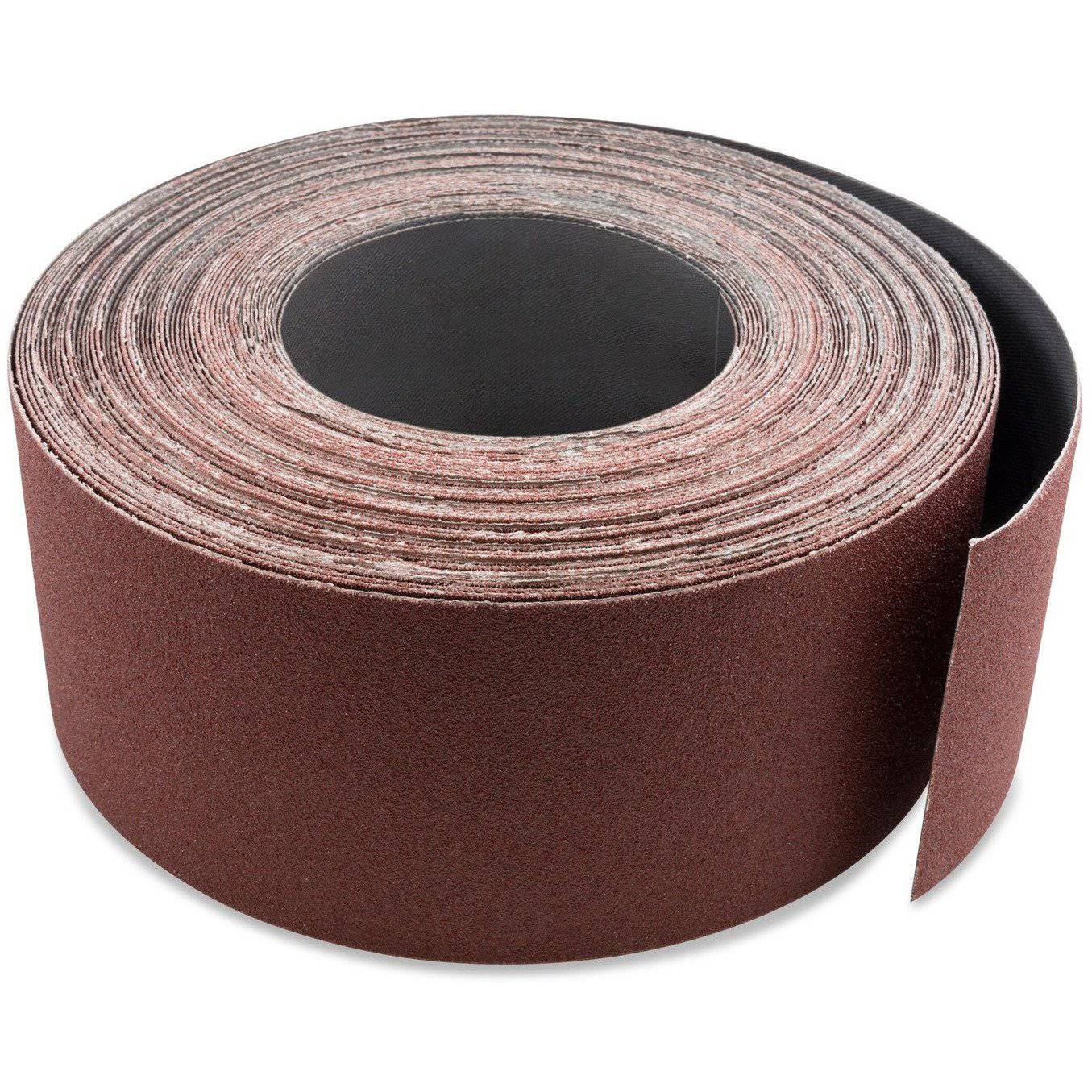
3 inch X 70 FT Woodworking Aluminum Oxide Cloth Drum Sander Strip Roll
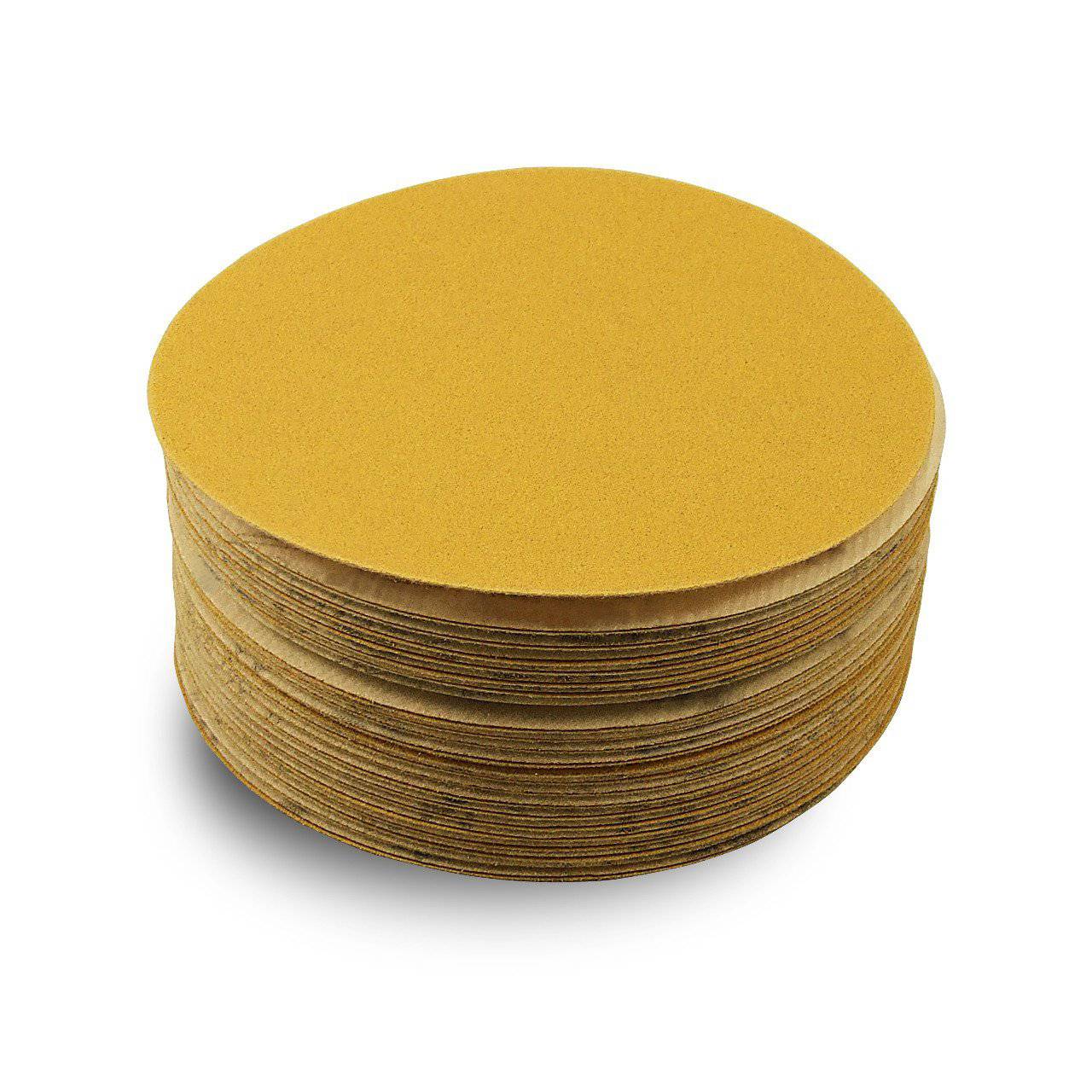
5 Inch Hook and Loop Gold Sanding Discs, 50 Pack
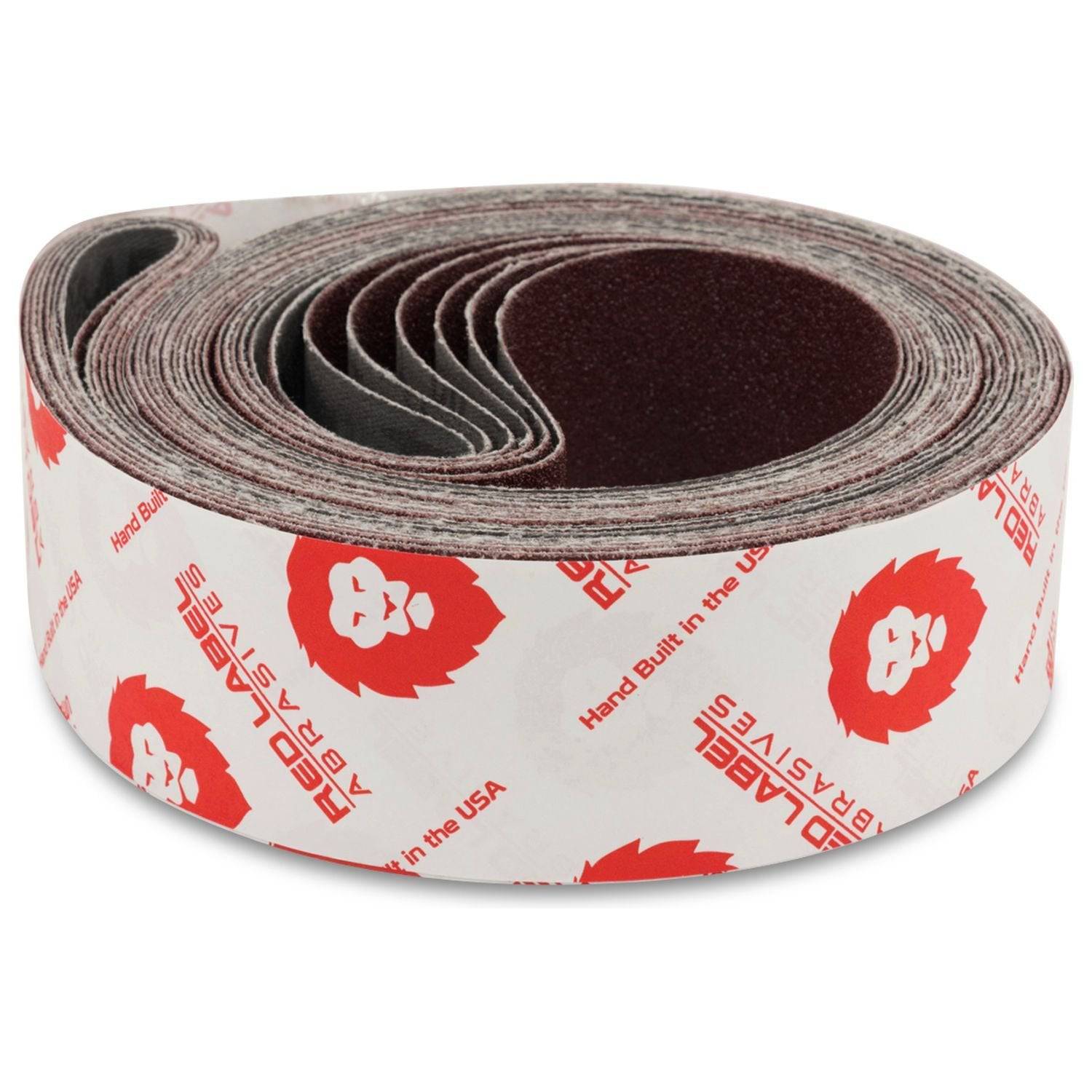
2 X 72 Inch Multipurpose Sanding Belts, 6 Pack
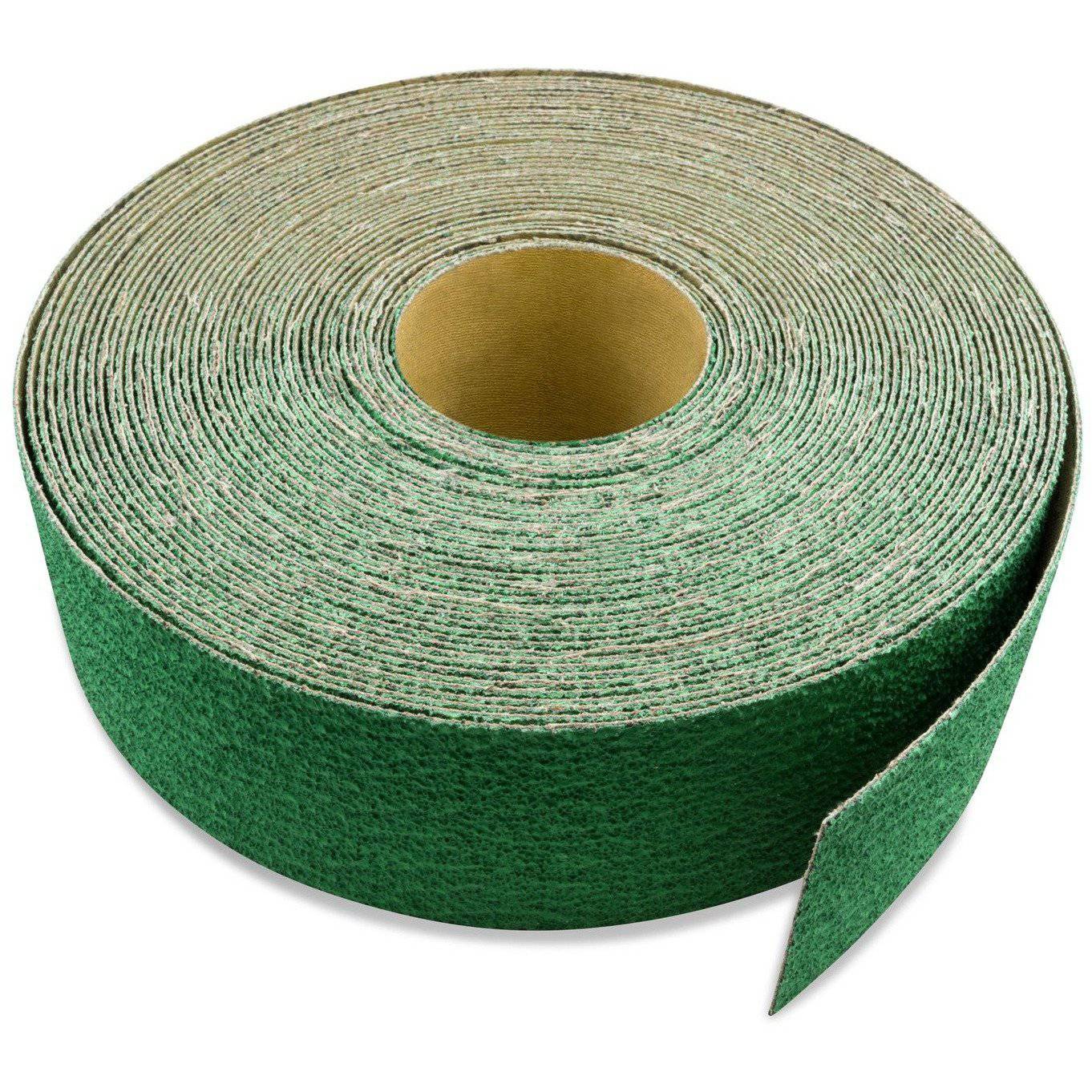
3 inch X 70 FT Premium Zirconia Woodworking Drum Sander Roll
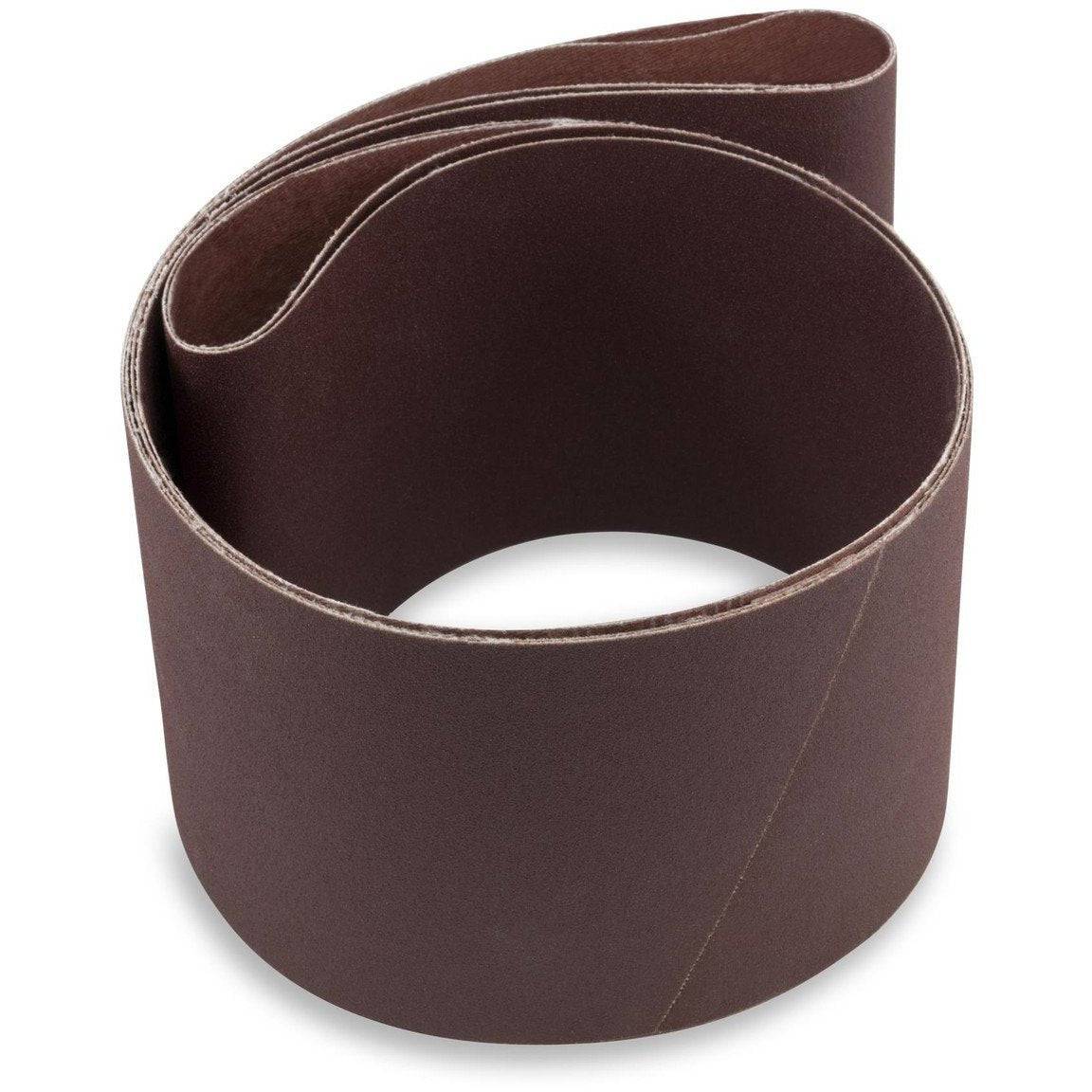
6 X 48 Inch Aluminum Oxide Wood & Non-Ferrous Sanding Belts, 2 Pack
Shop By Product Category





Why Choose Red Label?





